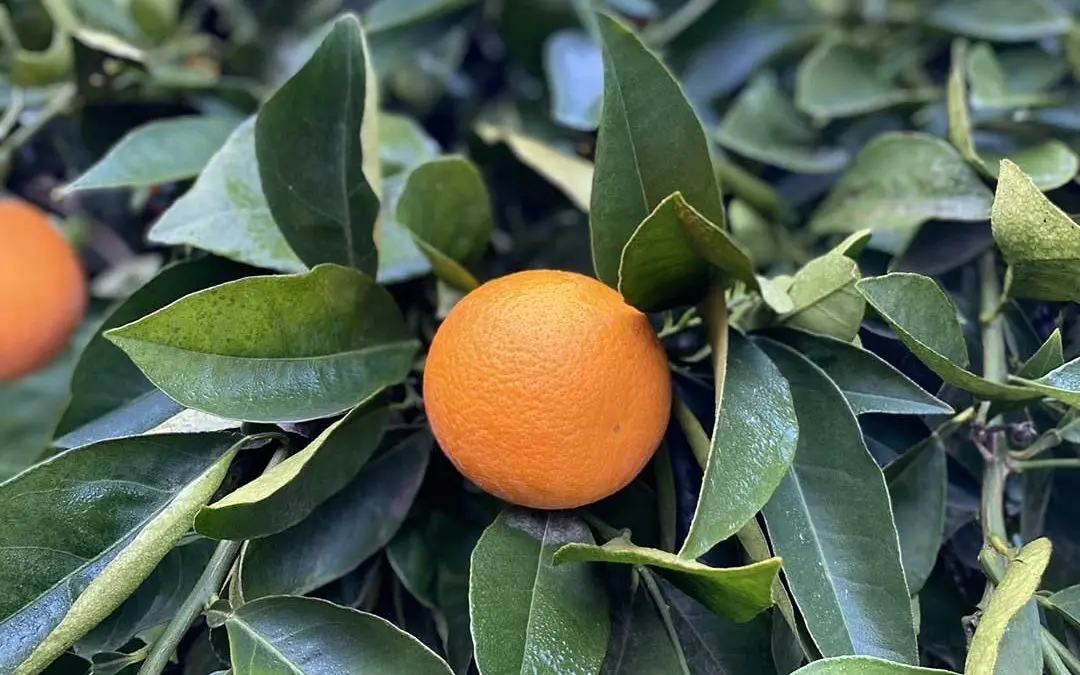Water for Breakfast, Lunch, and Dinner

There is no question that water is essential to California. With a state with a gorgeous ecosystem ranging from the highest snowcapped mountains to the grand Pacific Ocean, water is one of the top resources of the state. In today’s day and age, due to overcoming a 4-year drought, it may seem like water is California’s new gold. In 2019, Water usage in California is divided up by 50% for environmental use, 40% for agricultural use, and 10% for urban use. This could change depending on if the year was wet, dry, or regular. On a wet year such as 2005, distribution usually increases for environmental usage, while agriculture and urban decrease. While during a dry year like 2016, to continue to make agricultural production a priority, agriculture increases to approximately 61% (Mount & Hanak, 2019). You may wonder, “why does agriculture get such a large portion in California?”
California is responsible for producing 90% of the United States’ fruits, vegetables, and nuts. The state is the number one agricultural producer in the United States and the fifth largest producer in the world (Ruggelio 2019). With over 400 different commodities to grow, irrigation is a necessity. According to the 2017 crop year reports for California, the top 10 commodities of the state are dairy products, grapes, almonds, strawberries, cattle, lettuce, walnuts, tomatoes, pistachios, and broilers (CDFA 2018).
For the most part, California produces your breakfast, lunch, and dinner! With so many crops to produce, water is essential. In today’s climate, water is unpredictable. This is why many crop industries have changed their irrigation practices to be more efficient. Many have converted their systems to smart irrigation systems such as micro-irrigation to conserve water to be able to produce food in efficient and effective ways. Look at the almond industry, for example. In the last 20 years, the almond industry has reduced their intake of water by 80% and continues to pledge to reduce how much water it takes to grow a pound of almonds by 20% by 2025 (Wahlbrink 2019). The California farmer is passionate about sustainable irrigation practices to provide quality nutritious foods for consumers and values his share of Califonia water.
Sources:
California Department of Food and Agriculture. “California Agricultural Production Statistics.” CDFA, 2018, www.cdfa.ca.gov/statistics/.
Mount, J., & Hanak, E. (2019, May). Water Use in California. Retrieved from Public Policy of California: https://www.ppic.org/publication/water-use-in-california/
Ruggelio, Angela. “California Agriculture Production Ranks in Top 10 Worldwide.” The Aggie, 3 Apr. 2008, theaggie.org/2008/04/03/california-agriculture-production-ranks-in-top-10-worldwide/.
Wahlbrink, Brian. “Water Management Is a Complex Issue in California. But We Need to Tackle It Together.” California Almonds , California Almond Board, 5 July 2019, www.almonds.com/blog/water-management-complex-issue-california-need-tackle-together.
